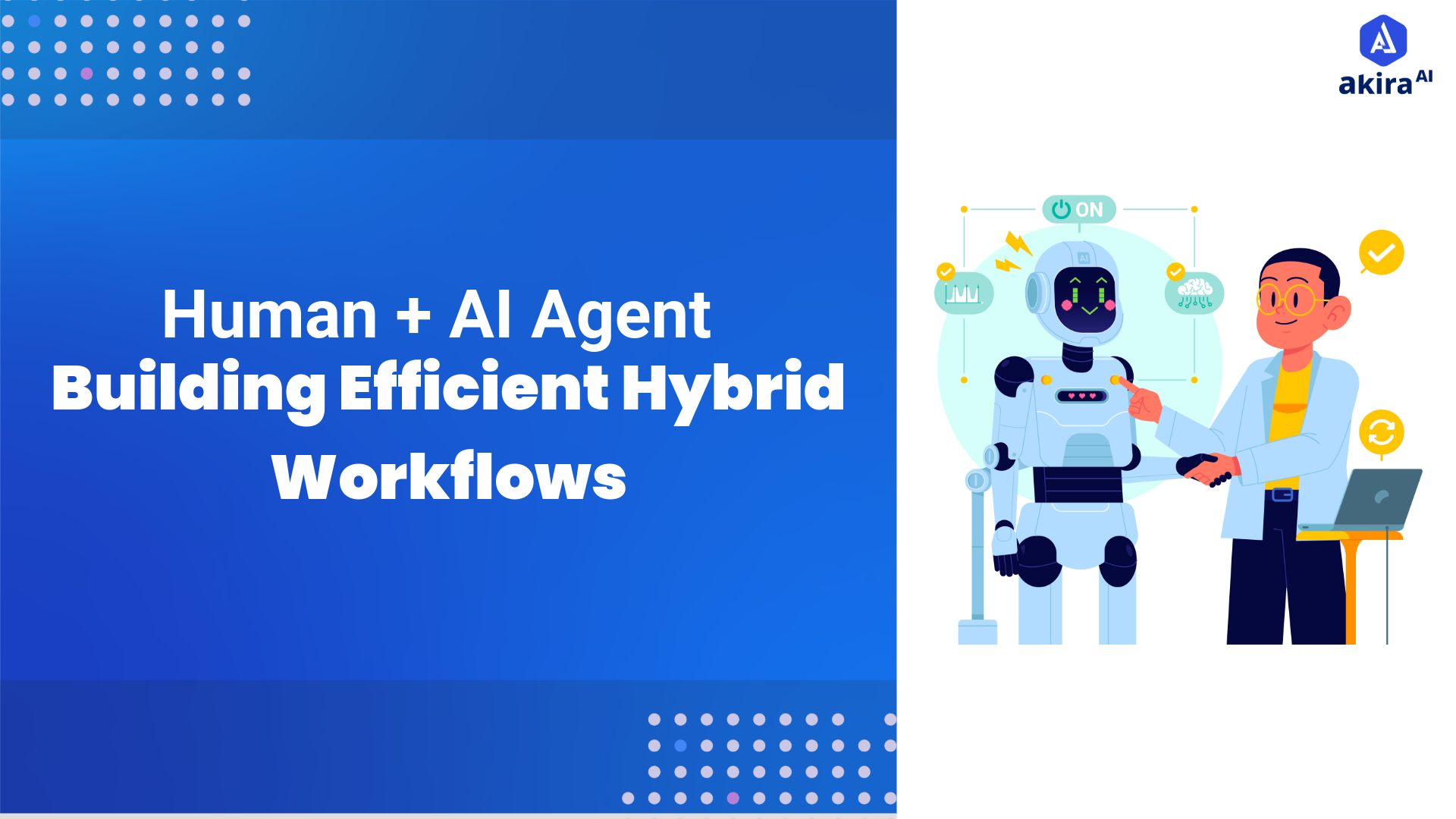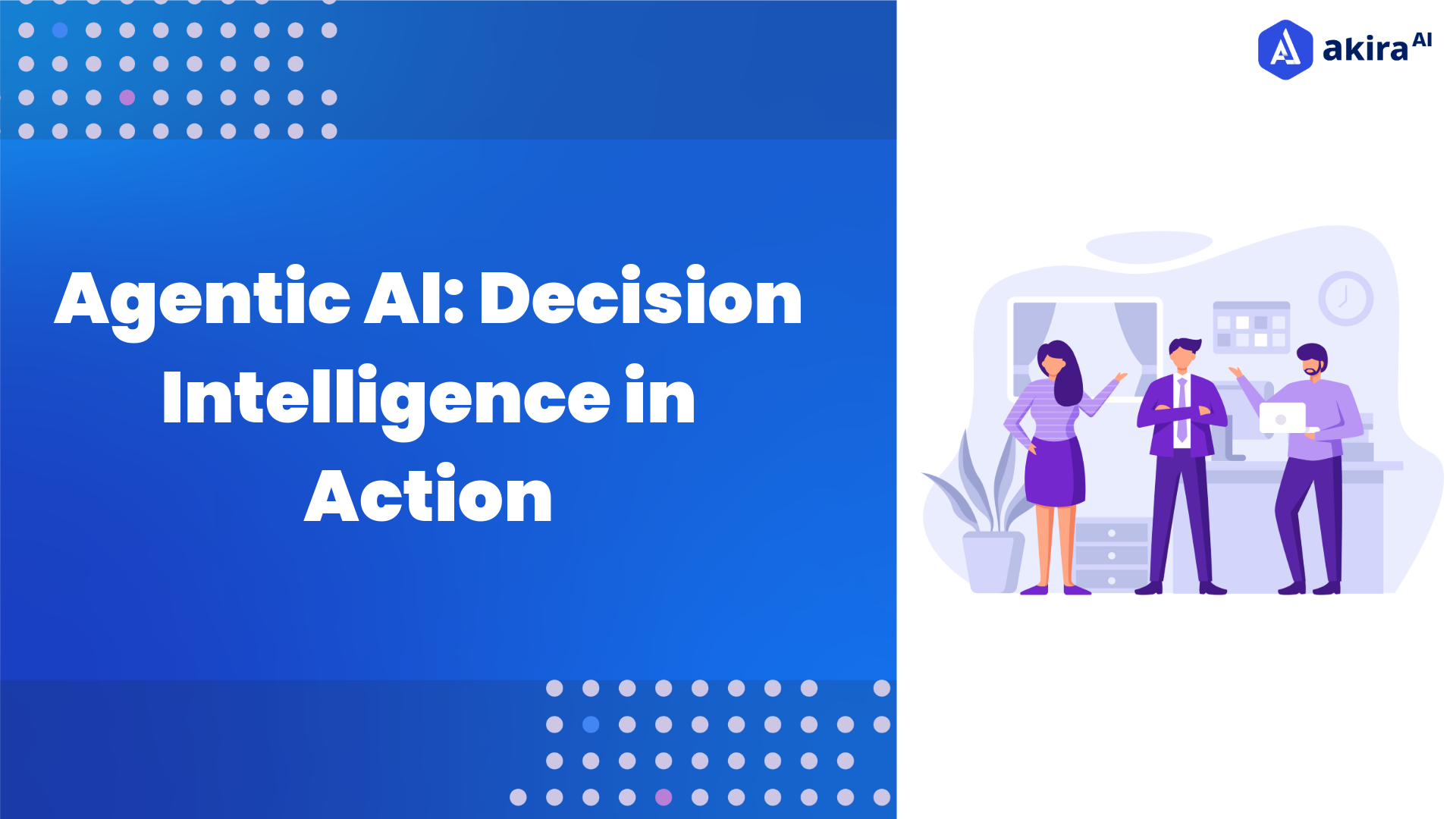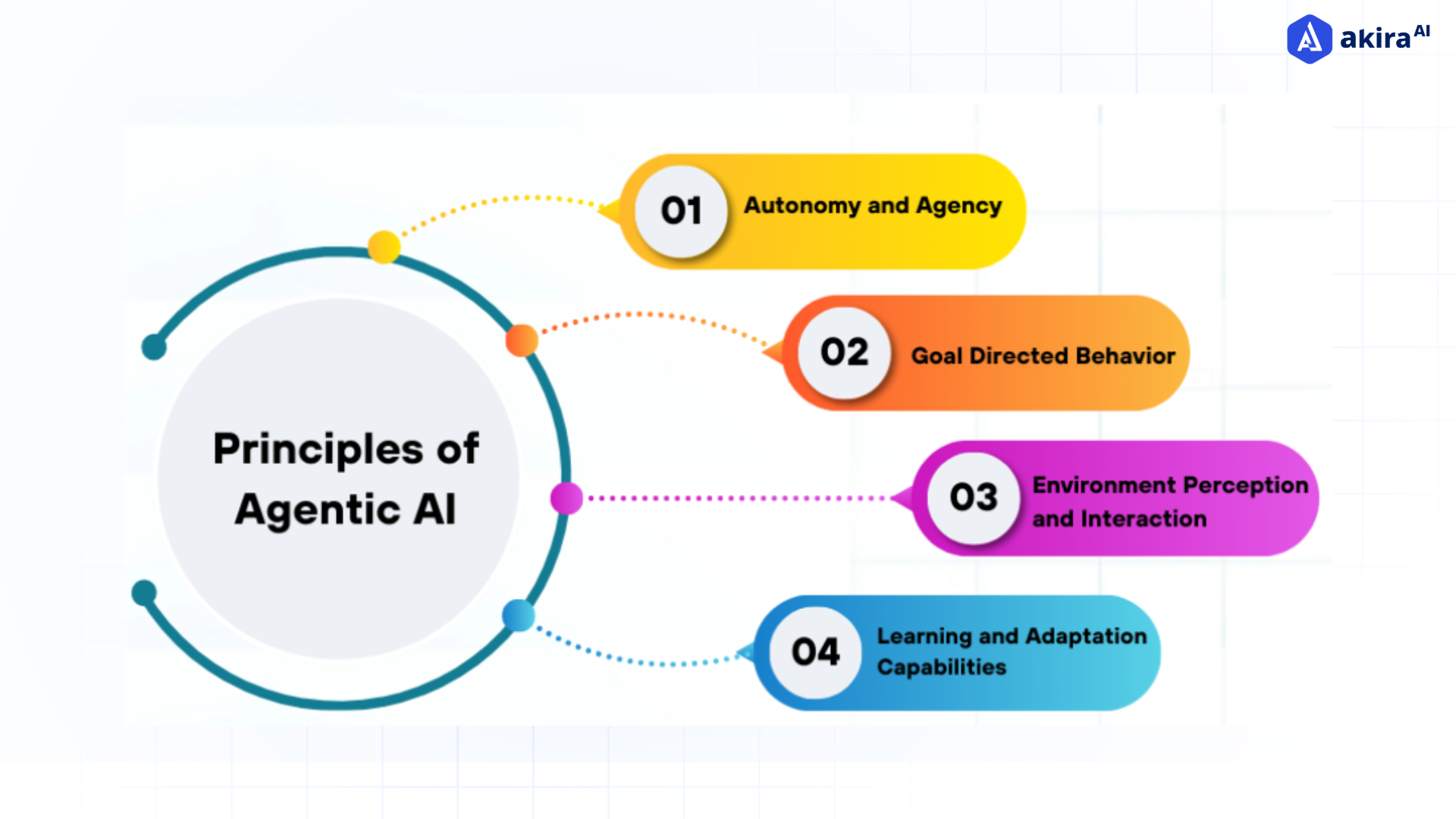Case Study: How Agentic AI Has Transformed Team Decision Processes
To illustrate the change potential of Agentic AI, consider the following example case study of a Fortune 500 technology company that was able to incorporate AI-based decision-making into its business.
Background
The company had severe problems at its product development phase, including slow decision-making cycles, excessive dependence on personal opinions, and lack of systematic analysis of data. All these inefficiencies led to delayed product launches, market misalignment, and missed growth opportunities.
AI Implementation
To address these problems, the company launched an Agentic AI platform that would enhance decision-making in product development. The AI platform was integrated into key workflows and provided:
-
In-Depth Market Research: AI analyzed enormous amounts of customer feedback and market trends to identify increasing demands.
-
Scenario Simulation: Simulated product performance against various scenarios based on market data to predict likely success or failure.
-
Feature Prioritization: AI-driven insights guided teams to choose what product features to prioritize, considering customer requirements and competitive landscape.
Results and Business Impact
The applications of Agentic AI brought quantifiable enhancements on multiple aspects of decision-making:
-
Decreased Decision Cycles: AI cut 40% of time spent on core product-related decisions, enabling quicker innovation and speed-to-market.
-
Improved Product-Market Fit: AI-backed insights guaranteed new products and features matched closely with the desires of customers, and adoption rates improved.
-
Enhanced Collaborative Team Work: AI-based reports offered data-justified suggestions, which promoted agreement between stakeholders and facilitated smooth discussions.
-
Revenue Growth: Due to better decision-making, the firm recorded a 15% increase in revenue through better product performance and customer satisfaction.
This case study highlights how Agentic AI can potentially revolutionize team decision-making as a data-driven, objective, and efficient process. With the help of the analytical power of AI, organizations can eliminate inefficiencies, eliminate bias, and enhance their strategic decision-making process.
AI in High-Risk Situations: Enhancing Accuracy and Speed of Decision-Making
In emergency response, military action, and financial trading, where the stakes are high, quick and accurate decisions must be made. Agentic AI can be instrumental in this to provide best results.
Applications in High-Stakes Situations:
-
Healthcare: AI helps diagnose life-threatening diseases and suggest treatments with high accuracy.
-
Finance: Computer programs based on AI make fast trades based on market direction.
-
Emergency Response: AI processes real-time disaster information to inform rescue efforts and resource deployment.
-
Autonomous Vehicles: AI-controlled cars make real-time decisions to ensure the safety of passengers.
-
National Security: Artificial intelligence-based threat detection enhances intelligence gathering and crisis management.
By complementing human decision-making with the computational capabilities of AI, people can make quicker, better, and more accurate decisions, reducing errors and maximizing productivity.
The Ethical Consequences of AI Dependency in Group Decision-Making
Though its merits, dependence on Agentic AI for decisions poses ethical issues:
-
Bias in AI Models: If biased data is used to train AI, it can amplify rather than eliminate biases.
-
Accountability Problems: Since AI-driven decisions result in a negative outcome, it is harder to determine guilt.
-
Transparency: AI systems are often "black boxes," which makes it difficult to understand their reasoning behind decisions.
-
Over-Reliance on AI: Over-reliance on AI could compromise human judgment and critical thinking skills.
-
Job Displacement: Automation based on artificial intelligence may decrease the demand for human decision-makers in certain industries.
Mitigation Practices:
-
The implementation of explainable AI models provides transparency into system decision-making reasons for users to understand better.
-
A set of ethical guidelines called ethical AI frameworks enables both bias prevention and human accountability in AI systems.
-
The system should maintain human supervision to check AI-generated recommendations while giving humans control over the decision-making process.
-
Staying compliant with ethical regulations and legal standards protects the correct utilization of AI systems.
Conclusion: Finding Balance Between Human and AI Decisions in Team Environments
Agentic AI provides an effective tool to enhance group decision-making, with pace, accuracy, and data acumen. But the best is symbiotic combination of human and artificial intelligence.
Organizations must:
-
Use AI to process and analyze data under human control.
-
Form ethical frameworks of AI to reduce biases and accountability challenges.
-
Ongoing research into AI models for greater accuracy and transparency.
Through the proper use of AI, the teams can generate improved results in decision-making, thus leading to greater efficiency, innovation, and success in their areas of operation.





